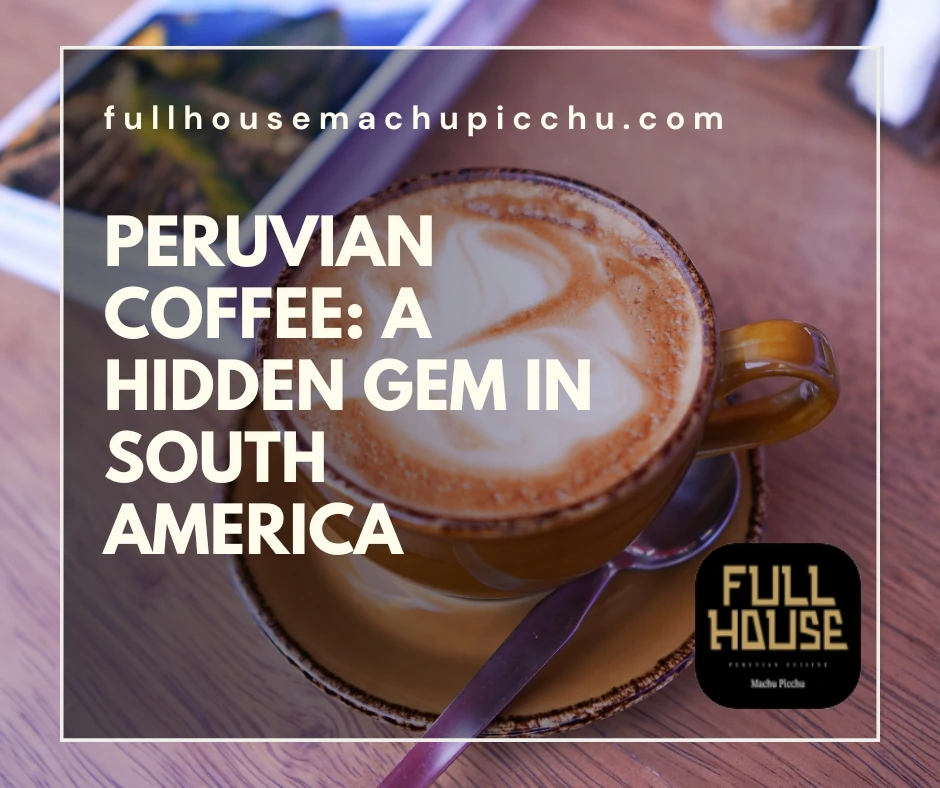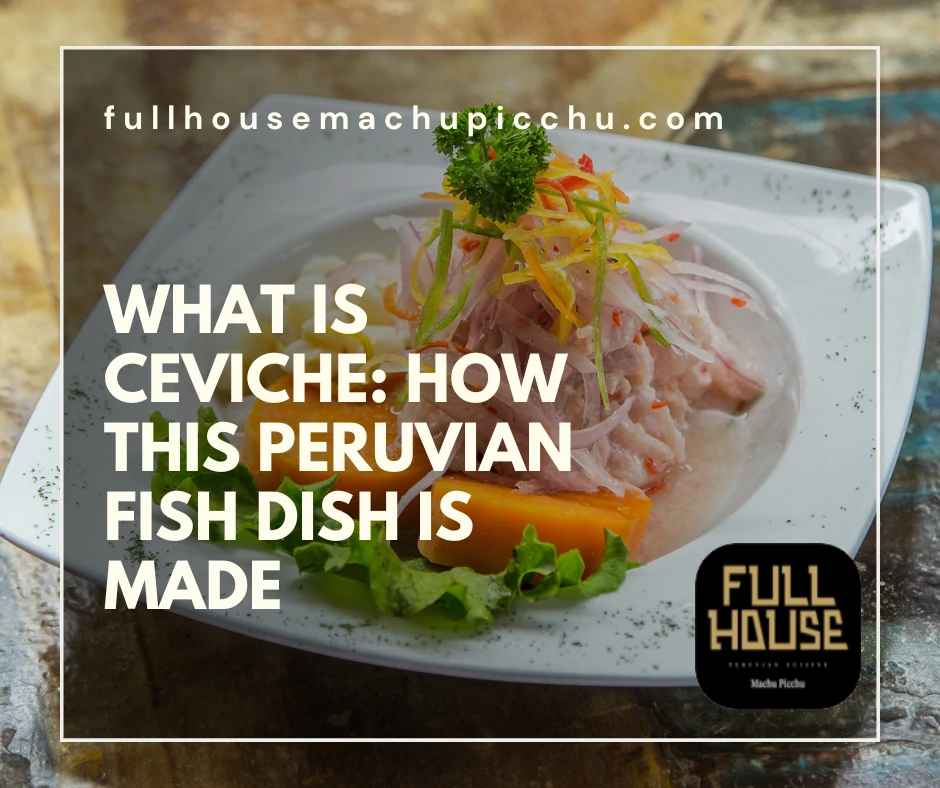A hidden gem glistens in the heart of South America: Peruvian coffee. While its neighbors, Colombia and Brazil, have long stolen the limelight, the time has come to shine a light on the exceptional beans produced by the Land of the Incas. In this article, we’ll embark on a journey to the fertile valleys and soaring peaks of Peru, where a rich tapestry of history, culture, and biodiversity intertwines to create a truly unique coffee experience.
Peruvian coffee is not just a beverage. It is an invitation to a world of fascinating stories, diverse ecosystems, and passionate farmers who work tirelessly to perfect their craft. As we trace the path of these beans from the earth to your cup, you’ll discover the secret ingredients that make Peruvian coffee stand out on the global stage. So, grab your favorite mug, sit back, and join us as we explore the tantalizing aromas, flavors, and traditions of Peru’s hidden gem: its coffee.
The rich history of Peruvian Coffee
The rich history of Peruvian coffee is rooted in ancient traditions and fueled by modern innovations. Coffee arrived in Peru in the 18th century, brought by European settlers. Since then, it has become an integral part of the nation’s best cuisine and culture.
Peru’s geographical diversity offers ideal conditions for growing exceptional coffee beans. From the Andean highlands to the Amazonian rainforest, each region produces unique flavors. This is much like how the Peruvian corn varieties differ in taste and appearance.
Over the centuries, coffee has been cultivated by small family farms, employing age-old techniques. These farmers have preserved traditional methods, such as shade-grown coffee and organic practices. This has helped maintain the exquisite taste and quality of Peruvian beans.
However, Peruvian coffee did not always have the recognition it deserved. The market focused on quantity over quality, affecting the farmers’ livelihoods. This began to change in the late 20th century, as the global coffee landscape shifted.
With the rise of specialty coffee, a new appreciation for unique flavors emerged. Peruvian coffee started gaining attention for its distinct attributes. Efforts were made to improve cultivation, harvesting, and processing techniques.
Modern innovations such as advanced processing methods have elevated Peruvian coffee. Today, the nation boasts a thriving coffee scene. It is home to numerous award-winning beans, competing with the best in the world.
Collaborative initiatives between farmers, cooperatives, and international organizations have played a crucial role. These partnerships focus on sustainable practices, knowledge exchange, and market access. The result is a vibrant coffee culture that blends the old with the new.

Exploring Peru’s unique coffee-growing regions
Peru’s diverse landscape gives rise to a wide range of coffee-growing regions. From the Andes to the Amazon, each area boasts unique characteristics. These distinct regions contribute to the exceptional taste of Peruvian coffee.
The Andean highlands stretch across Peru, providing perfect conditions for coffee cultivation. At elevations between 1,200 and 2,000 meters (3,937 and 6,561 feet), the beans develop complex flavors. Here, you’ll find crops growing alongside quinoa and other native plants.
The Chanchamayo region, located in the central Andean highlands, produces some of Peru’s finest beans. Its fertile soil and ideal climate allow coffee plants to thrive. Beans from Chanchamayo exhibit bright acidity and fruity notes.
In the south, the Cusco region benefits from the high-altitude slopes of the Andes. This area is known for producing beans with exceptional brightness and floral undertones. The cool nights and warm days contribute to a slower maturation process, enhancing the beans’ flavors.
Moving to the north, the Cajamarca region is another coffee hotspot. The region’s mild climate and altitude create perfect conditions for coffee cultivation. Beans from Cajamarca are recognized for their balanced flavor and caramel sweetness.
The Amazonian lowlands are home to the San Martin region. This area produces beans with a unique flavor profile, influenced by the rainforest ecosystem.
Finally, the Tumbes region, located near the border with Ecuador, offers a distinctive microclimate. The beans from Tumbes are known for their creamy body and nutty undertones. The coastal influence contributes to the beans’ unique characteristics.

Sustainability and social impact: How Peruvian coffee is shaping a better future
Peruvian coffee is not only a delight to the senses but also a force for positive change. Sustainability and social impact are at the core of the industry’s growth, shaping a better future for all.
Smallholder farmers are the backbone of Peru’s coffee sector. They face challenges such as climate change, low prices, and limited market access. However, through cooperative models and fair trade certifications, they are overcoming these obstacles.
Cooperatives play a vital role in promoting sustainable practices and community development. They provide technical assistance, improve infrastructure, and ensure farmers receive fair prices for their beans. This support empowers farmers and fosters environmental stewardship.
Fair trade and organic certifications are increasingly common in the Peruvian coffee industry. These certifications ensure that farmers adhere to sustainable practices and receive fair compensation. Consumers can trust that their coffee is ethically sourced and eco-friendly.
Another important aspect is the preservation of biodiversity. Shade-grown coffee is a popular practice in Peru, where coffee plants grow beneath the canopy of native trees. This method benefits both the environment and coffee quality.
As you indulge in the enticing flavors of Peruvian coffee, don’t miss the opportunity to explore other gastronomic delights that this vibrant nation has to offer. We invite you to tantalize your taste buds with Pisco Sour, the iconic national cocktail, and savor the freshness of ceviche, a mouthwatering seafood dish.
Immerse yourself in the culinary treasures of Peru, where each sip and bite reveals the rich heritage, diverse ingredients, and skilled craftsmanship that make its cuisine truly unforgettable. So, raise your glass and grab your fork – the Peruvian culinary adventure awaits you!




